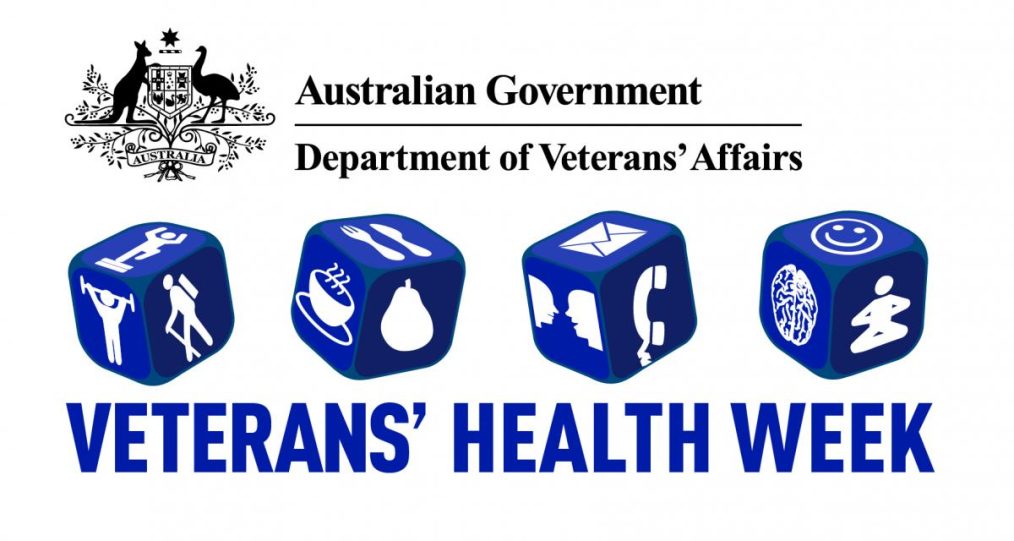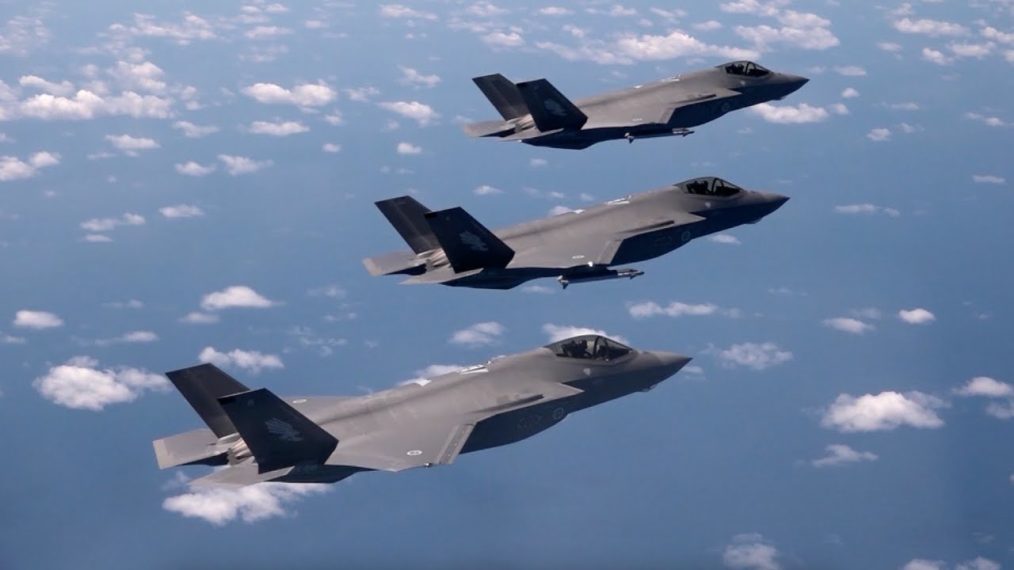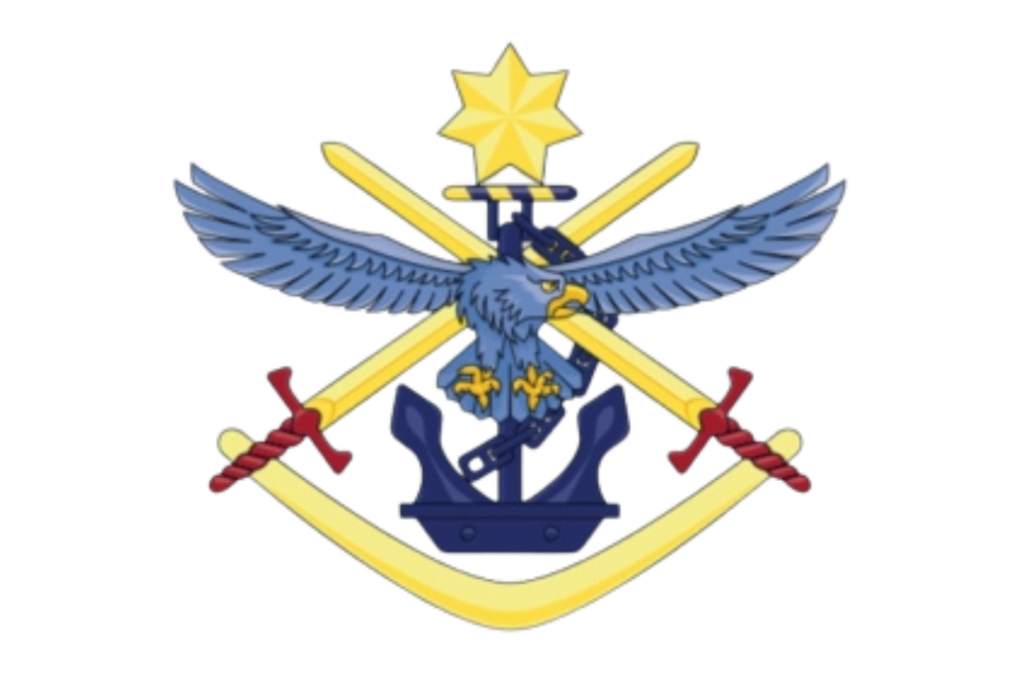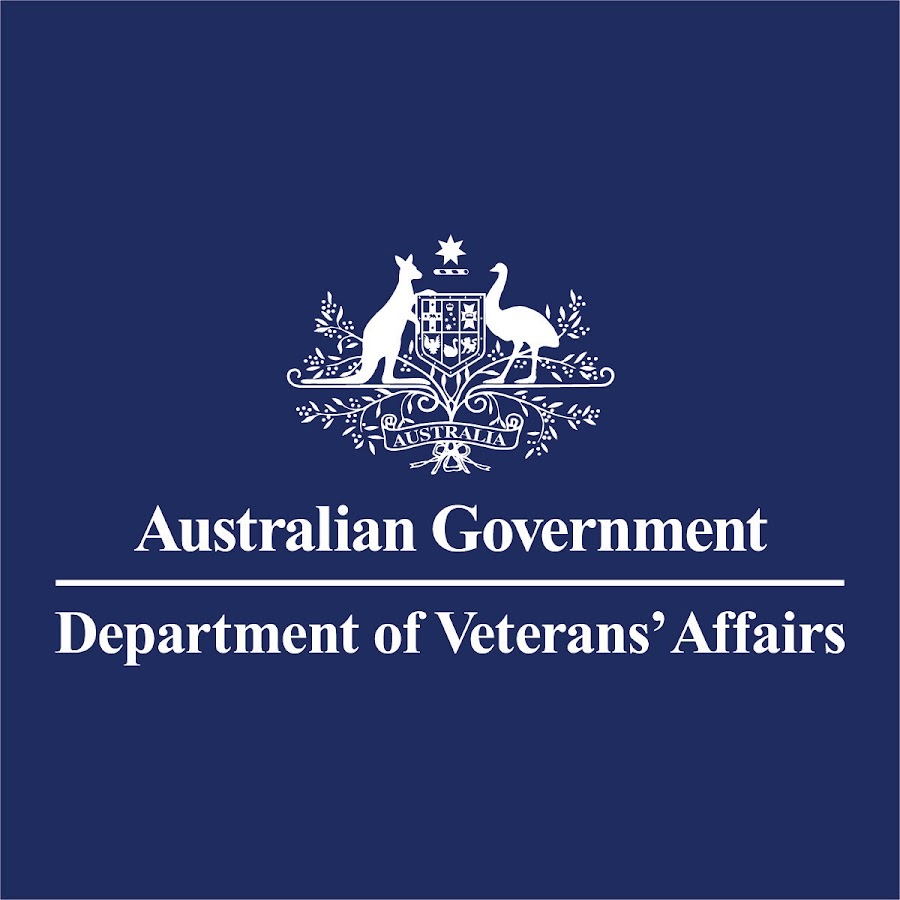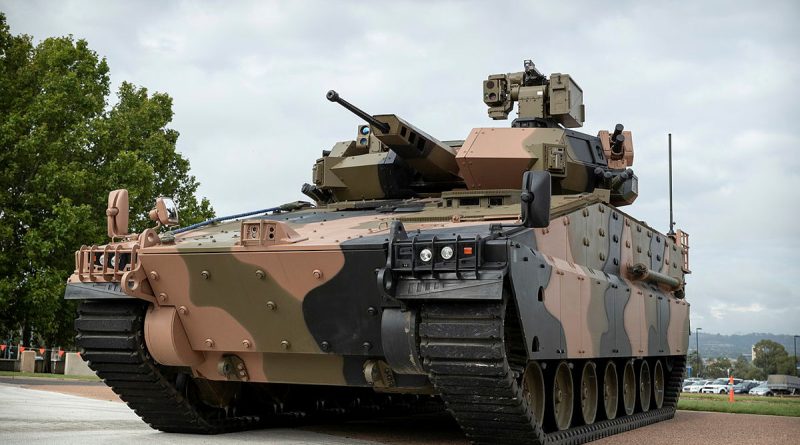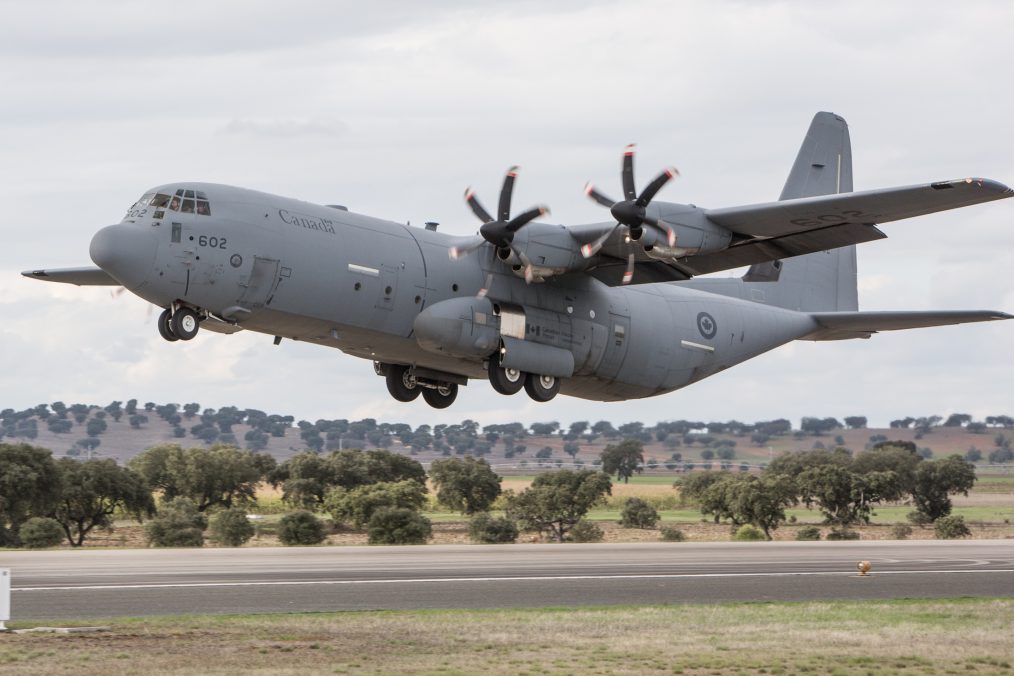In a surprising turn of events, Hezbollah has expressed its willingness to engage in ceasefire discussions with Israel after suffering devastating setbacks. However, their statement notably excludes any mention of a ceasefire related to Gaza, sparking speculation about the group’s true motivations. Was their missile campaign really centred around Gaza, or has it always been driven by other objectives?
Hezbollah’s leadership has been severely impacted by recent Israeli military actions. The most significant blow came with the death of the group’s chief, Sayyed Hassan Nasrallah, who was killed in a targeted strike on September 27. His successor, Hashem Safieddine, also met a similar fate in what was likely an airstrike shortly after taking over. In total, more than a dozen senior Hezbollah officials have been eliminated, leaving a noticeable void in the group’s command structure.
Despite these losses, Hezbollah remains defiant, continuing its missile barrages on Israeli cities. Just this past Tuesday, over 100 rockets were launched from Lebanon, targeting Haifa, Israel’s third-largest city. The attacks caused injuries, including a woman in her 70s, underscoring Hezbollah’s intent to maintain pressure on Israel despite its leadership crisis.
For the first time, Hezbollah has put forth a ceasefire proposal that is not contingent on the ongoing conflict in Gaza, a shift that has left observers perplexed. Following a massive rocket barrage from Lebanon, Hezbollah signalled its readiness to halt hostilities but demanded that a ceasefire be agreed upon before any details are discussed. This approach—begging for an immediate truce while insisting on discussing specifics later—appears to be an attempt to maintain the illusion of strength.
Interestingly, this is a major departure from their previous rhetoric, which often linked their actions to defending Gaza. The group’s reluctance to tie the ceasefire to the Gaza conflict raises questions: has Hezbollah’s missile campaign been driven by reasons other than solidarity with the Palestinians in Gaza?
Hezbollah’s refusal to condition the ceasefire on Gaza could indicate that its recent attacks were never entirely about the Palestinian cause. The absence of any mention of Gaza in their ceasefire statement adds fuel to the theory that Hezbollah’s missile launches were part of a broader regional agenda, possibly to assert dominance or retaliate for losses rather than to defend Gaza as they previously claimed.
While Hezbollah may be presenting the ceasefire as a strategic offer, the reality is that the group is reeling from significant losses, especially at the leadership level. Whether their ceasefire proposal gains traction or not, one thing is clear—Hezbollah’s ability to dictate terms has diminished. The group may be seeking to buy time while trying to recover from the decimation of its leadership, all while attempting to appear unshaken.
In conclusion, Hezbollah’s sudden willingness to discuss a ceasefire without mentioning Gaza leaves much open to interpretation. Their losses are undeniable, and this could be the beginning of a new chapter in the group’s long-standing confrontation with Israel. But as their attacks continue, the question remains: What are Hezbollah’s true goals, and how will this shift in tactics influence the broader regional dynamics?


